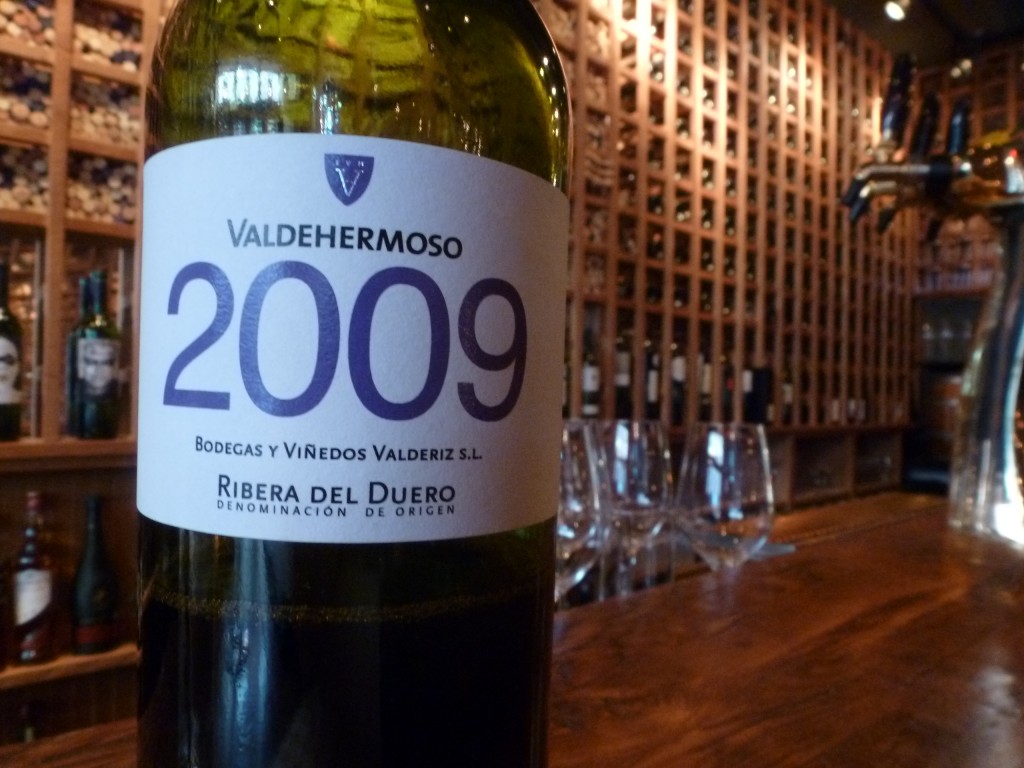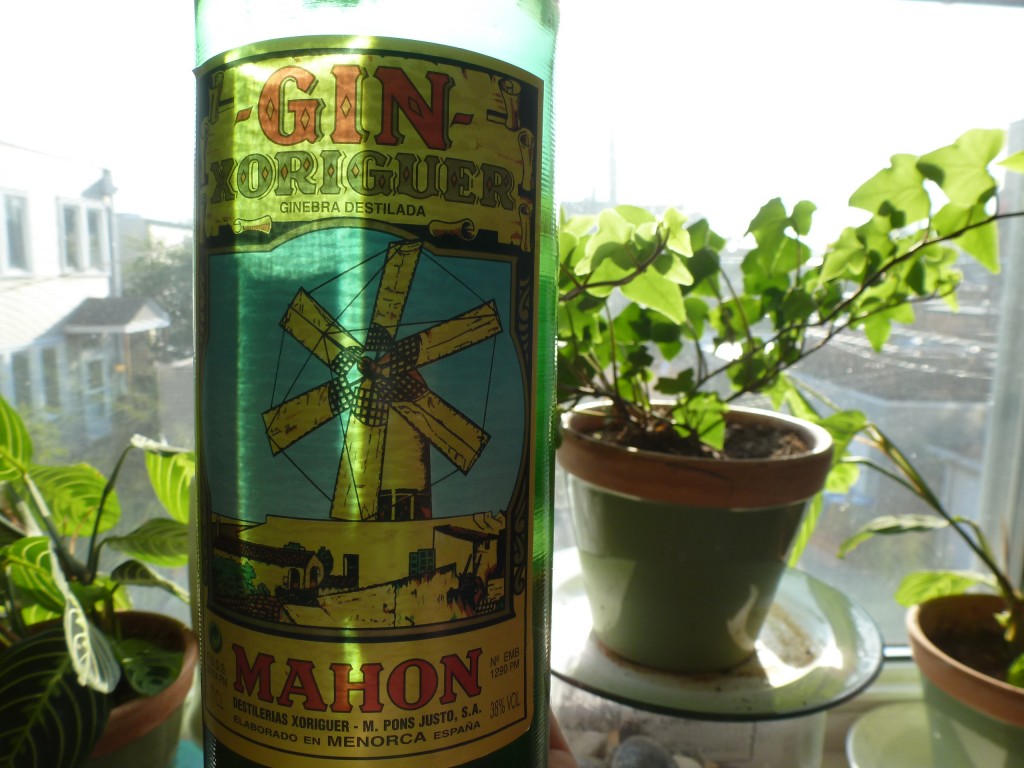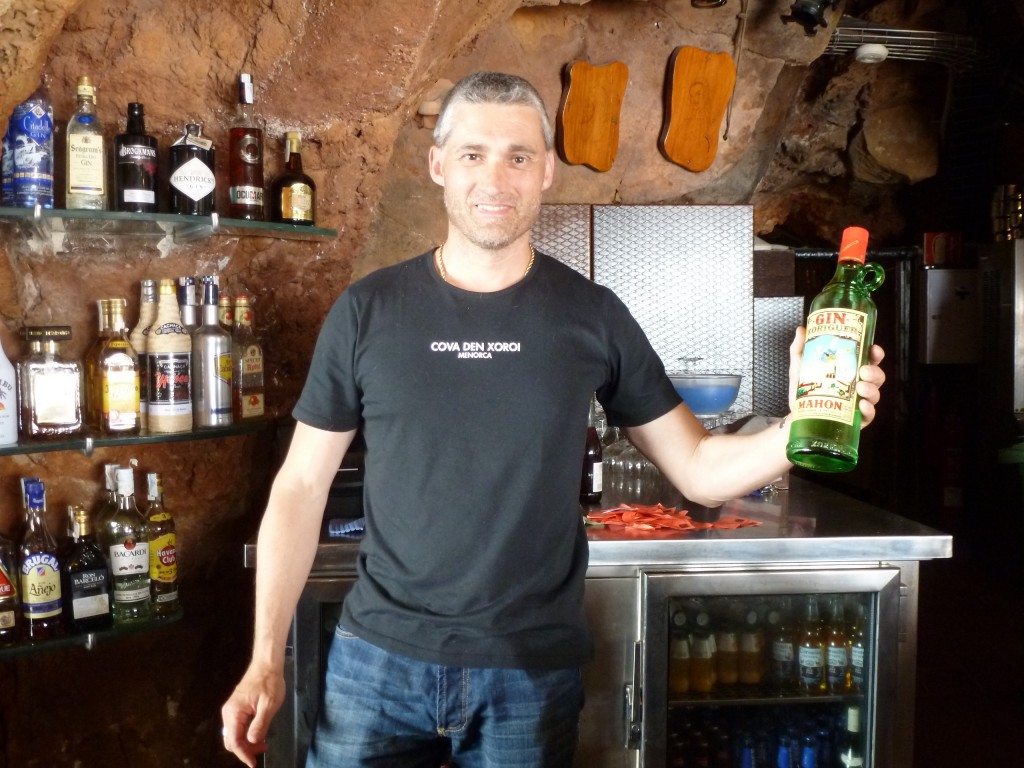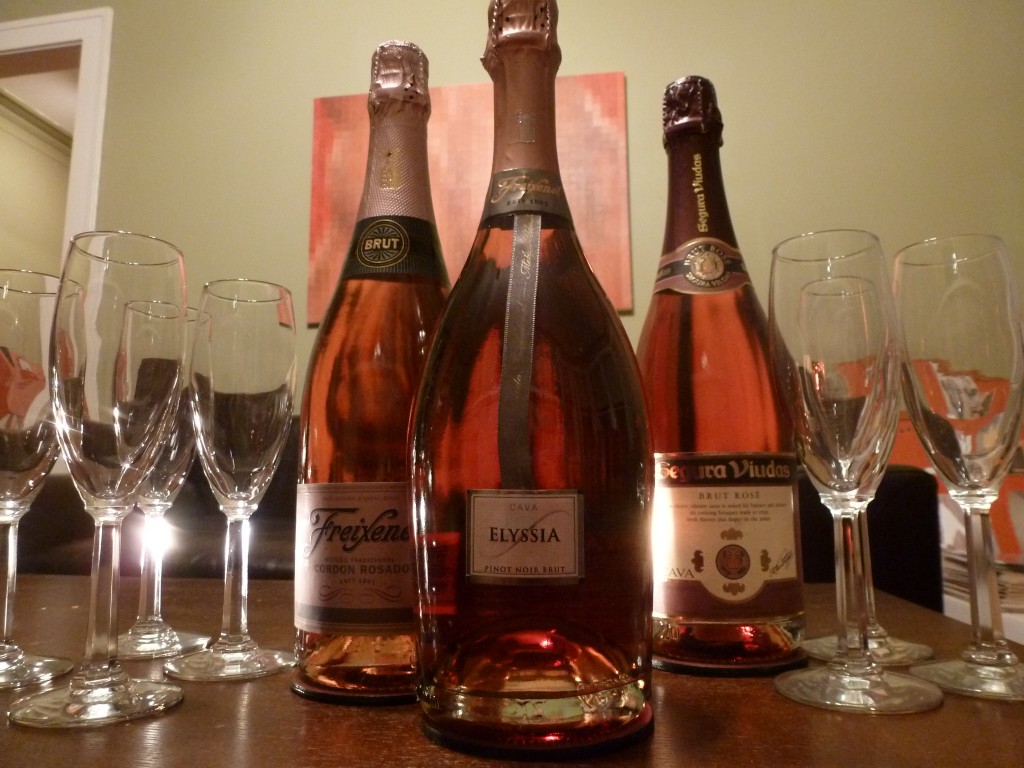Philadelphia Degustation – Part 3
I’d read a few reviews touting the “Pulpo” at Tinto, a tapas restaurant owned by Iron Chef Jose Garces, and I couldn’t resist popping in for a quick snack. Unfortunately, I accidentally popped into Village Whiskey instead. Their doors are right next to each other, and, well, it had been a long day. I didn’t realize my mistake until I checked in with the hostess, sat down at the bar and requested a menu from the bartender.
“Wow, this menu doesn’t look like tapas,” I thought to myself. Finally, finally, my befogged brain apprehended the situation. I decided the most graceful way to make an exit would be to feign an important phone call. “Oh hi, Sweetie. How are you? What? What’s the matter? Oh dear! Oh dear oh dear. Are you serious? No! Now, calm down.” I gestured helplessly to the hostess as I walked past. “Alright, now everything is going to be fine. Just slow down so I can” get myself into the right frickin’ restaurant.
I managed to find my way into Tinto, plunked myself into an equally comfortable bar stool and perused the wine list. I needed something a little hefty with the Pulpo (grilled octopus) that was coming, and I spotted a 2009 Bodegas y Viñedos Valderiz “Valdehermoso” Tinto Fino Joven from Ribera del Duero, Rioja’s lesser-known (but nevertheless formidable) competitor. Not unlike Arizona’s Page Springs, this region stretching along the Duero River north of Madrid regularly brushes almost 100° during the day before plunging into the 50’s at night. According to The World Atlas of Wine, “The light and air here have a high-altitude dryness and brightness about them, as do the wines, which have particularly lively acidity thanks to those cool nights.”
And Tinto Fino? I discovered that this variety, also known as Tinto del País, is simply a local variant of Tempranillo, albeit a variant particularly well-adapted to the rather extreme climate of Ribera del Duero. This Joven (young) Tinto Fino had dark, dark fruit on the nose and palate, expansive spice and attention-grabbing tannins. It really brought out the savory flavors in the snack of Mahon cheese crisps. With the slightly charred, moderately spicy octopus, the spice in the wine became almost too much. But paired with non-spicy red meats or even pork, a Tinto Fino should keep its cool deliciously. I recommend keeping an eye out for them.









